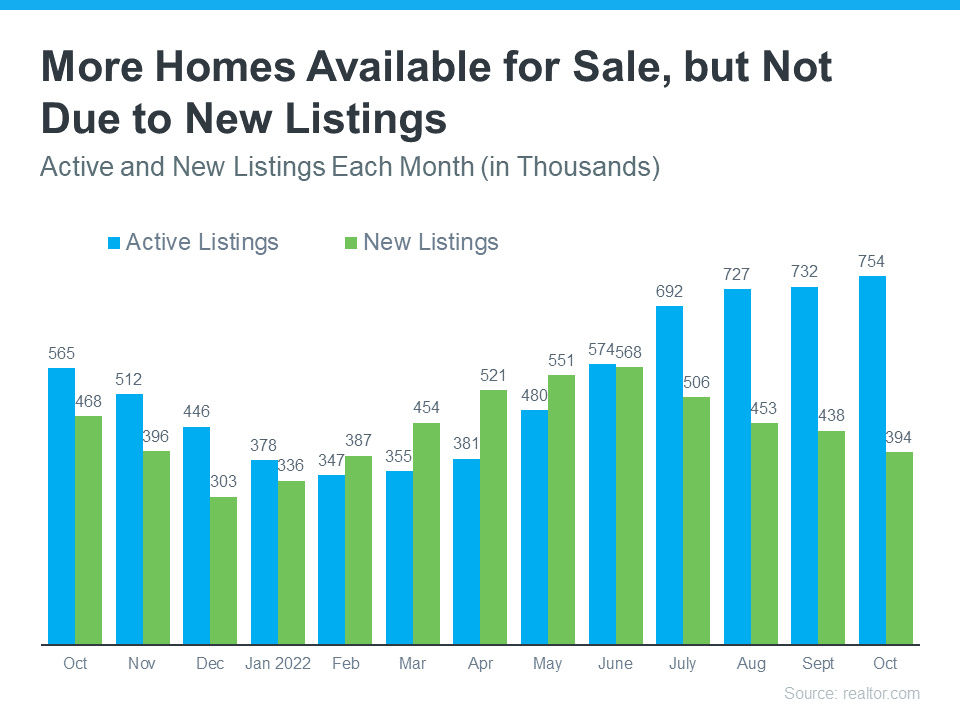Was Monday’s snow your first experience with Portland’s weird weather? Plan ahead to get your new home ready for winter.
The winter months are right around the corner – and in some locales, winter weather is already here. It’s time to make sure your home is ready to stand up to the freezing temperatures on the way.
Will this be the first winter spent in your new home? If so, consider these steps to ensure the property is protected and prepared for the upcoming season.
1. Hire a professional to conduct an in-home energy audit
Conducting an energy audit may save you a few dollars off your electric bill in the winter months. Hire a professional to locate air leaks in windows and doors and identify other places to save on energy costs.
If you’re already aware of drafts in your home, applying weather stripping or caulk – or even putting a draft-stopping pillow in place – are relatively easy DIY fixes. As a bonus, you’ll likely notice a difference in the summer months, too, when better sealed areas trap air-conditioning.
2. Prep the fireplace for use
If your home has a fireplace, whether gas-powered or wood-burning, make sure it’s ready to use so you can safely enjoy its toasty benefits on cold days.
With a gas fireplace, start the winter with a sufficient supply of propane. And, make sure to clean the vent and glass panel of any debris (while the fireplace is off, of course).
With a wood-burning fireplace, have the chimney inspected by a professional chimney inspector to prevent the possibility of a house fire or carbon monoxide buildup in the home. Hire a professional chimney sweep, too, to spruce up a charred firebox and remove creosote buildup. Take advantage of still-temperate days to start chopping or purchasing wood and storing it in a cool, dry place.
Now is also a great time to test smoke and carbon monoxide detectors inside the home and replace batteries where necessary.
3. Drain and cap outdoor water pipes
When below-freezing temperatures are on the horizon, it’s time to drain any outdoor water lines (like a hose or sprinkler system) and turn them off for the season. If leftover water freezes inside pipes, you run the risk of pipes bursting and causing catastrophic plumbing issues and damage.
4. Gather the right tools for snow removal
If you live in an area where winter storms are common, make sure you own a sturdy snow shovel to help clear the driveway and surrounding sidewalks. A bag of sidewalk salt or sand are seasonal staples to keep on hand to melt ice.
If you recently moved to a new climate – or just need a refresher – check out local snow removal regulations that vary town by town and state by state.
While preparing for snow maintenance outside the home, pick up necessary tools for the car too, including a windshield scraper, freeze-proof windshield wiper fluid, and essential supplies in case of emergency, such as a blanket and flashlight.

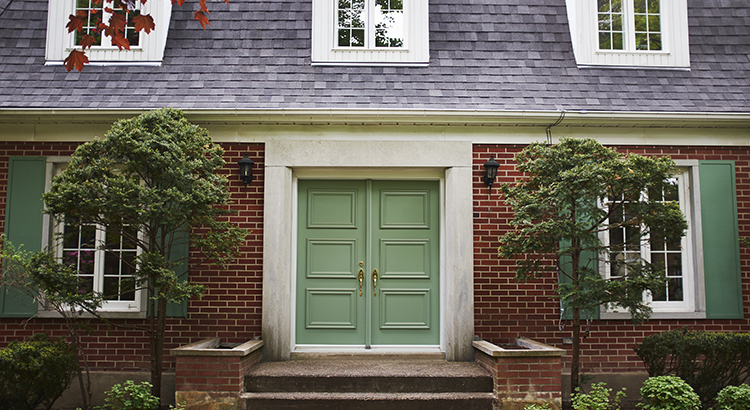


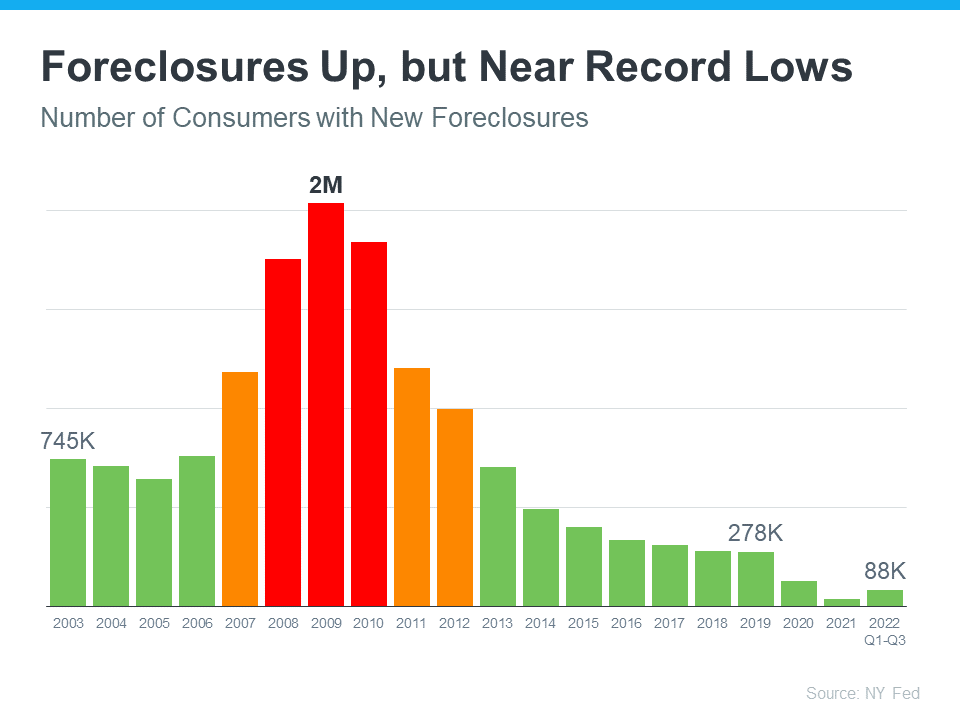
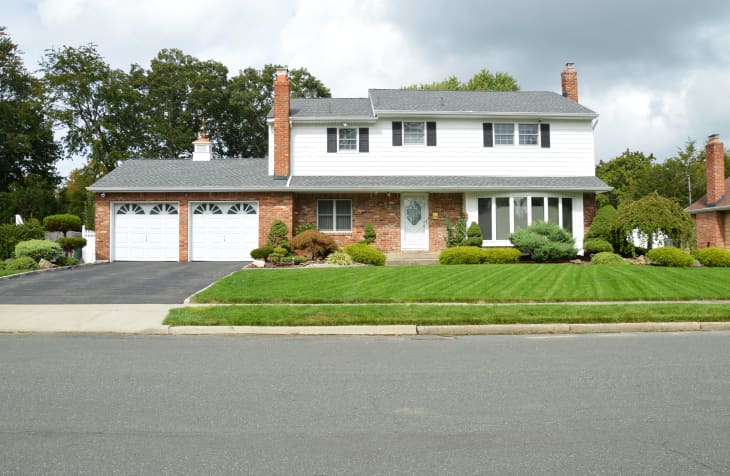
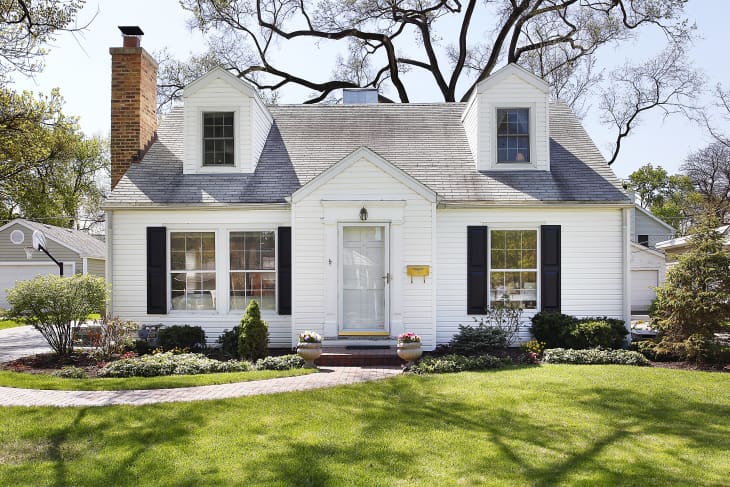

![Home Sweet Home: The Emotional Benefits of Homeownership [INFOGRAPHIC] | MyKCM](https://files.mykcm.com/2022/11/21164928/Home-Sweet-Home-The-Emotional-Benefits-Of-Home-Ownership-MEM-1046x2152.png)


